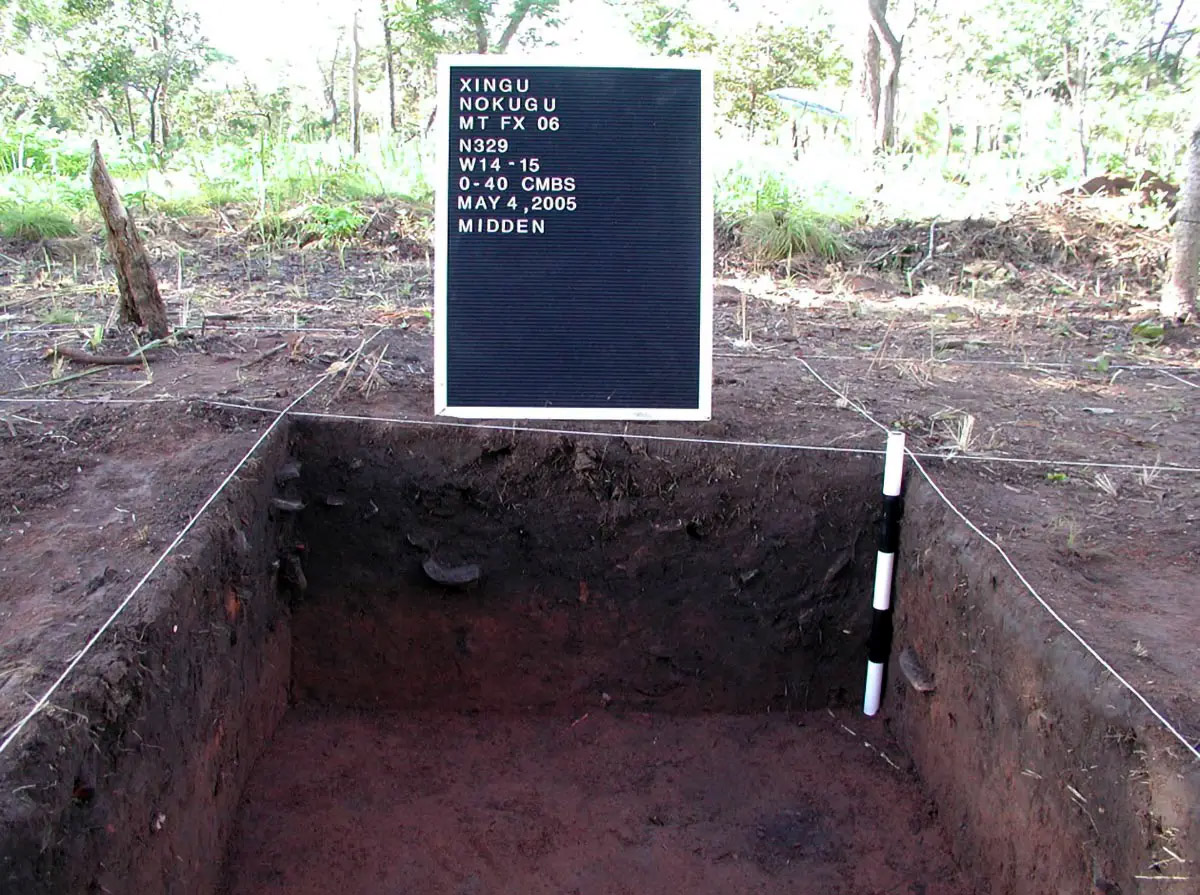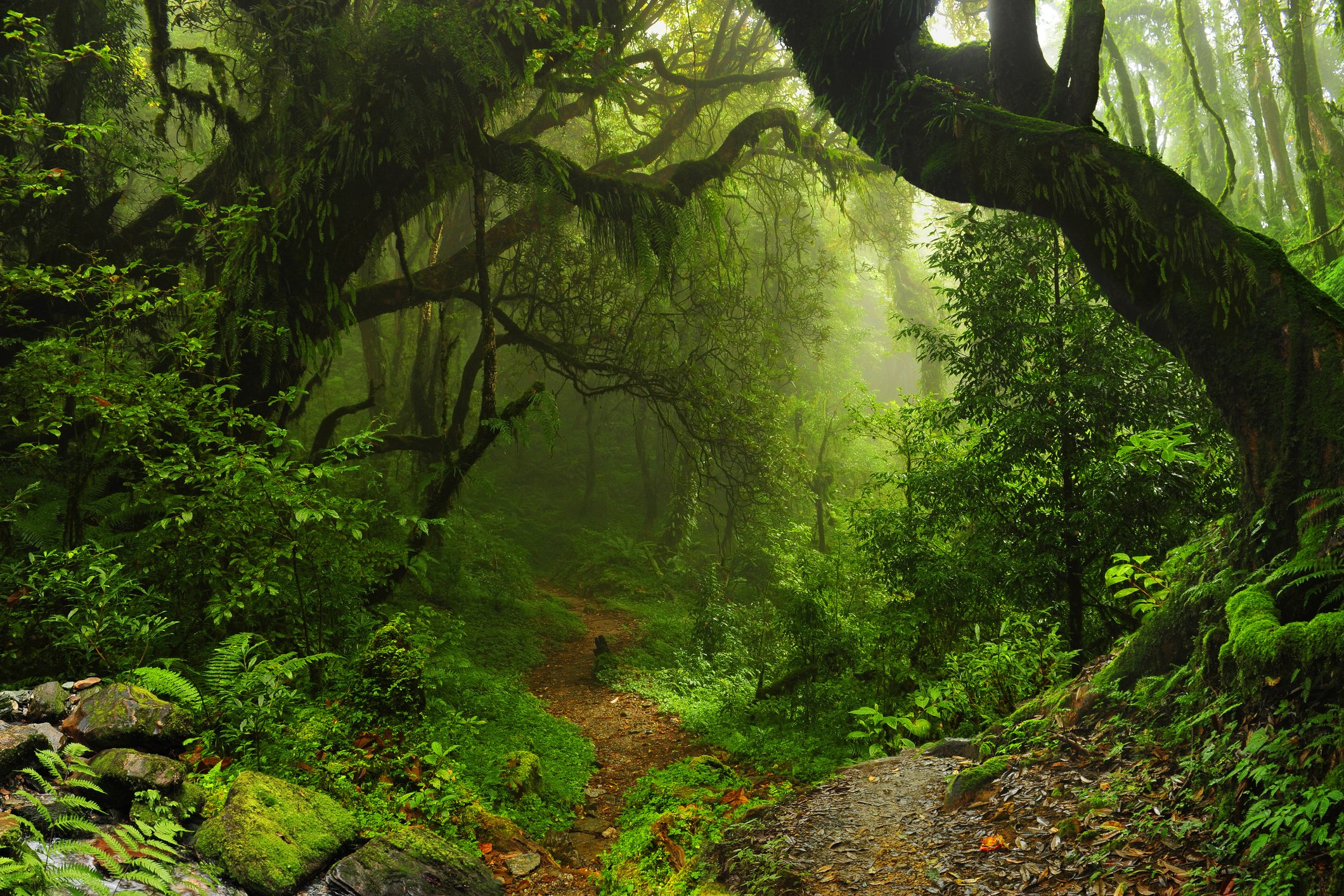Terra Preta do Índio, one of the mysteries of the Amazon rainforest, was the subject of a recent study by Brazilian and North American researchers led by the Massachusetts Institute of Technology (MIT). The question was how a heavily leached land like the Amazon presented inexplicably fertile “dark lands.”.
Rich in vital components such as carbon, phosphorus and potassium, these cornucopia fragments have been detected by archaeologists in and around human settlements dating back hundreds to thousands of years, as well as in modern villages.
To determine whether this type of soil was cultivated intentionally by indigenous peoples or was an accidental byproduct of farming practices, the study’s authors traveled to the Kuikuro Indigenous Reservation in the Brazilian Amazon. where the current “Indian black soil” and other samples dating back about 5 thousand years were found.
Native terra preta specimens are sought in the forest
Upon arrival at the Kuikuro II settlement, researchers noticed: local residents had a habit of accumulating large amounts of organic waste It is rich in nutrients from fishing and cassava farming.
The villagers explained that this material was turned into compost after a few years and dark colored soil was obtained, which was used in products that cannot grow in Amazonian soil and require nutrients.
To test the hypothesis that these current practices would be the same as those used in the distant past, the authors compared Kuikuro II’s tilled soils with samples from various nearby archaeological sites, including abandoned villages of the current ethnic group.
Basic conclusions about Amazonian terra preta

Analysis revealed that the spatial layout of the ancient dark world was the same as the modern-day settlement of Kuikuro II. In both of them, the material is arranged in the center of the village, while other formations are arranged towards the edges, like “spokes of a wheel”. Its composition was also the same; There were ten times higher concentrations of phosphorus, potassium, calcium, magnesium, manganese and zinc compared to unamended soils.
The research concludes that Amazonian people have deliberately created a dark world for thousands of years. “These soil management practices encouraged food production on low-fertility soils.”. Moreover, co-author Samuel Goldberg emphasizes that “ancient Amazonians added a lot of carbon to the soil, and much of it is still present today.”
For the MIT postdoctoral student, this efficient way of storing large amounts of carbon in soil is exactly “what we want for climate change mitigation efforts.” He suggests adapting indigenous strategies on a larger scale to sequester carbon permanently for our future generations. .
Is there anything you want to ask? Tell us on our social networks and get the opportunity to share the article with your friends!
Source: Tec Mundo
I’m Blaine Morgan, an experienced journalist and writer with over 8 years of experience in the tech industry. My expertise lies in writing about technology news and trends, covering everything from cutting-edge gadgets to emerging software developments. I’ve written for several leading publications including Gadget Onus where I am an author.












